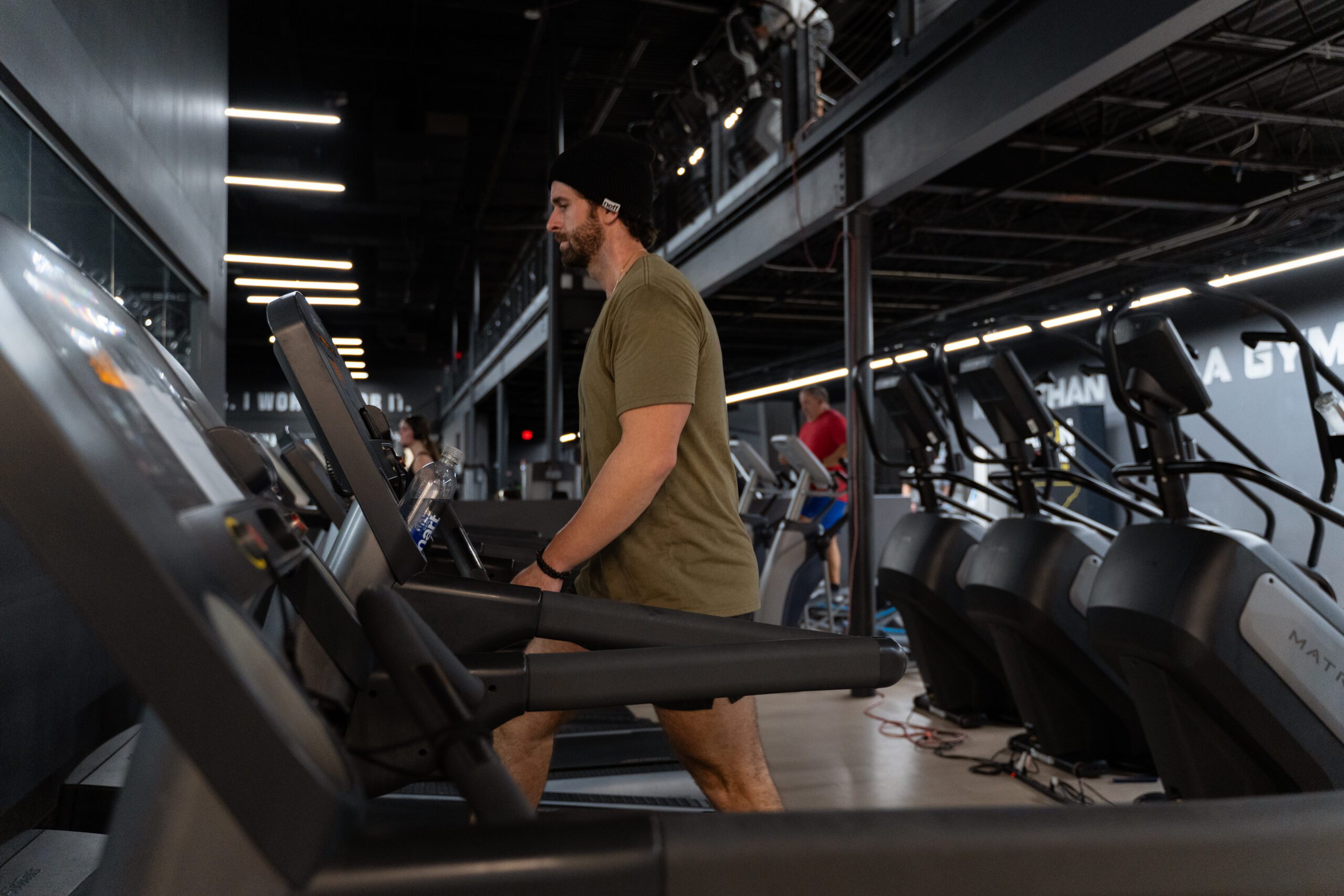So, you just started your fitness journey. Maybe it was inspired by hearing another’s fitness story and how much of a positive impact it had on them. Maybe it is starting due to doctor’s advice. Or maybe you are starting this journey simply because you want to invest in your health and wellness overall—and physical exercise plays an excellent role in this process.
No matter your reasons for beginning this rhythm of fitness and quality exercise, you should be proud of yourself for taking the next step to create a better version of you not just physically, but also emotionally and mentally! If you are a beginner to the fitness world, it is vital to create goals for yourself. This helps to ensure that you are on the right track of reaching your goals, but can also help those around you hold you accountable to ensure you are making consistent progress.
Since you’re just starting out on this new chapter, it can feel overwhelming. There are lots of different goals out there, and different means to reach those goals. You may be unsure where to even begin!
Let’s start out with some simple questions, such as why you need to set fitness goals, how to set those goals, and what actions you can take to meet them. We will also examine some beginner friendly fitness goals for you to try.
Why You Need To Set Fitness Goals
Before you create a fitness plan or schedule, it is crucial that you set your fitness goals for yourself. More specifically, it is important to set realistic goals for your fitness journey. In addition, it’s important to recognize your reasoning for diving into a new fitness routine!
“At Carbon Performance, we have witnessed firsthand how setting realistic fitness goals transforms the journeys of our members. When you set attainable targets, you experience steady progress, which boosts motivation. It’s not solely about the goals, but more so the accountability that comes with being part of the Carbon community. We are committed to guiding each member, ensuring that they not only set achievable goals but also reach them!”
-Caleb Sprinkle: Director of Personal Training & Group Fitness at Carbon Performance
If you are an individual who is beginning a new fitness journey per the request or recommendation of a doctor, then your goals may look different from an individual who isn’t, and vice versa. For example, if your doctor is recommending weight loss, your goal may be more focused on reaching a lower number on the scale. While someone who is looking to build muscle, or bulk up, is focused on seeing a number on a scale increase due to growing muscle mass.
Wherever you fall on your purpose for starting your fitness journey, you will want to approach your goals with a realistic mindset. When set properly, your goals will help you stay focused on the bigger picture, cultivate accountability for yourself, and allow you to monitor your progress!

How to Set Fitness Goals (SMART)
Now that we have an understanding of the importance of setting fitness goals, how exactly do we set these fitness goals into motion? One common way to set goals, if you’re a beginner to the fitness world, is incorporating S.M.A.R.T. fitness goals. The concept of S.M.A.R.T. fitness goals are ideal for beginners because they are very easy to get started with.
S.M.A.R.T. is simply an acronym which stands for Specific, Measurable, Attainable, Relevant, and Time-bound. The main idea with implementing S.M.A.R.T. goals is creating direct, clear, and concise goals for yourself. Below is an example of how to set and utilize the S.M.A.R.T. goal format. It may be helpful to write this down on paper or your notes app to envision it better and to keep yourself on track.
Think of it like this illustration, without using a calculator, would you do a long-form division math problem in your head? Or would you write it down? Most likely the latter! This same logic could be applied to solving problems in life. Writing down what you want your fitness goals to be can help you clarify and envision what you want to get out of your workouts.
Specific
Get clear and to the point with your goal, leaving no room for vagueness nor confusion. Instead of having an unclear goal such as, “run more throughout the week,” be more specific and clear with your goal such as, “run two miles, four days a week, for the next three months.”
As you can see, there is a clear difference between both of the goals, despite them both being goals. One is too vague, and leaves more questions about what exactly you’re aiming for, while the other provides directness as to how you’re going to set your fitness journey into play, to reach your goal.
Being specific also helps you to measure if you met that goal for the week. Especially if you write down your specific goal, or share with an accountability partner your specific goal. When the week is up, there will be no confusion, just a simple answer to if you ran your two miles 4 times during the week!
Measurable
Since your goal is specific, it must also be measurable to better reach your goal. If one of your goals is to gain muscle, or to lose weight, it would not be beneficial to have a goal just be “gain muscle” or “lose weight.” If your goal is not measurable, then it will be much harder to see your progress, and you will be unable to see if you need to adjust some of your fitness routines to reach your goal.
Rather, add measurable markers to your goal. If you want to “run two miles, four days a week, for the next three months,” a measurable goal to add could be, “and lose two pounds per week.” This will help you become more clear about your goals and be better able to actually track your progress with numbers.
Attainable
Now that you have a goal that includes specific, measurable markers, you will benefit from also evaluating if your goal is attainable.
Back to our example goal of “run two miles, four days a week, for the next three months, and lose two pounds per week”, you’ll have to ask yourself if this is attainable for you. Consider if you can withstand a steady running pace for two miles, if your diet is appropriate to fuel this specific fitness routine, and any other factors that may prevent you from realistically attaining this goal.
It is more than okay if you need to scale back to create more of an attainable goal, or maybe increase your goal, based on your current level of fitness, health, and diet.
Scale it down to one mile or one pound. Or scale it up to three miles. Listen to your body and adjust when needed so you can reach your goal. There’s no shame in scaling back! As long as you’re making progress, you’re winning.
Relevant
What’s the point of a proper fitness goal if it is not relevant to you? When curating your goals, it can be tempting to see what others are doing, how far ahead they are, or what you can do to match their goals. While it is fine to gain inspiration from others on their fitness journeys, it’s equally important to understand that your goals will most likely look different than others, and that is normal!
If you are someone who is facing, or has faced, joint pain then maybe our previous example of running two miles four times a week is not relevant to you based on your physical state. And again, that is okay! You can always adjust any goal to make it relevant to you and your needed accommodations.
Further, you will want to ensure that the fitness routine you have set to reach your goal is a relevant one. For example, if you’re wanting to gain a stronger upper body, or tone your arms and shoulders, perhaps running is not the most appropriate fitness routine. Instead, you may benefit from weight or strength training for forty-five minutes four times a week.
Overall, it is vital to ensure your fitness goal is relevant to you and accommodates what your body can handle.
Time-bound
Finally, you’ll want to put your goal into some sort of timeline or time limit. Not only will this help you track your progress over time, but also creates some healthy tension to keep you on track to reach your goals. It is also important to note that you will want a realistic time frame. You shouldn’t limit yourself to seeing a goal come to fruition within two weeks, nor drag it out too long where it is easy to lose motivation and get off track.
10 Beginner-Friendly Fitness Goals
You now have some insight as to how to curate a goal for yourself. But, what are some examples of beginner friendly fitness goals? Below are some that may seem small, but are no small feat!
- Run a 5K within six months
- Get 10,000 Steps in per day for four months
- Hold a plank for one minute straight at the end of two months
- Lose 10 pounds in two months
- Add on 15 minutes of stretching to current workout routine to increase hip and shoulder flexibility
- Limit sugar intake to 15 grams once a week for six months
- Eat the recommended amount of protein (based on gender and age) every day for a full month
- Run 1 mile without stopping or walking by the end of forty-five days
- Increase weights for squats and RDLs by 5 pounds every two weeks
- Drink 64 Oz. of Water Per Day for six weeks
As you can see, some of these fitness goals are smaller than others, but still require discipline, and focus. Each will also benefit from implementing the S.M.A.R.T. goal format, too!

Ready to Start? Let’s Go!
Ready to begin your fitness journey, but looking to include community and accountability? Then come see us at Carbon Performance. We offer an array of classes to help you reach a variety of fitness goals. Our skilled personal trainers are ready to help you and create a realistic plan to reach your fitness goal, big or small!
Schedule a free consultation with one of our trainers today, and come in to see our gym for yourself.
We would be happy to come alongside you in your new fitness journey. No matter if you’re new to the world of fitness and twenty-four years old or fifty-four years old, there is a spot and community waiting for you at a Carbon Performance location near you! We look forward to meeting you and seeing your goals come to fruition.






